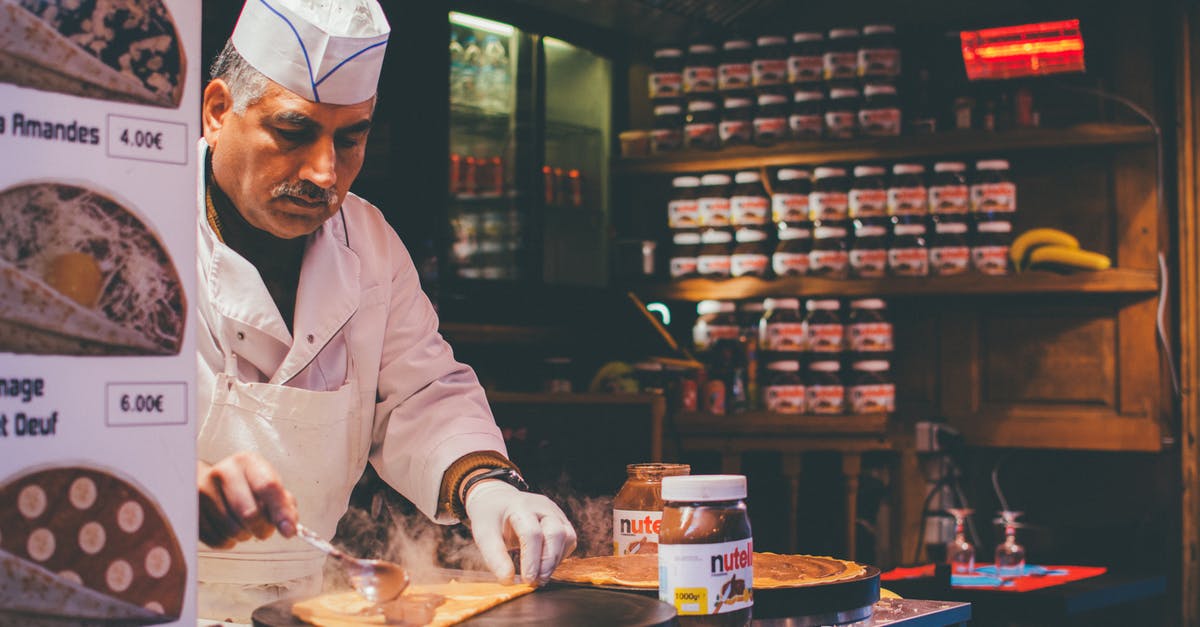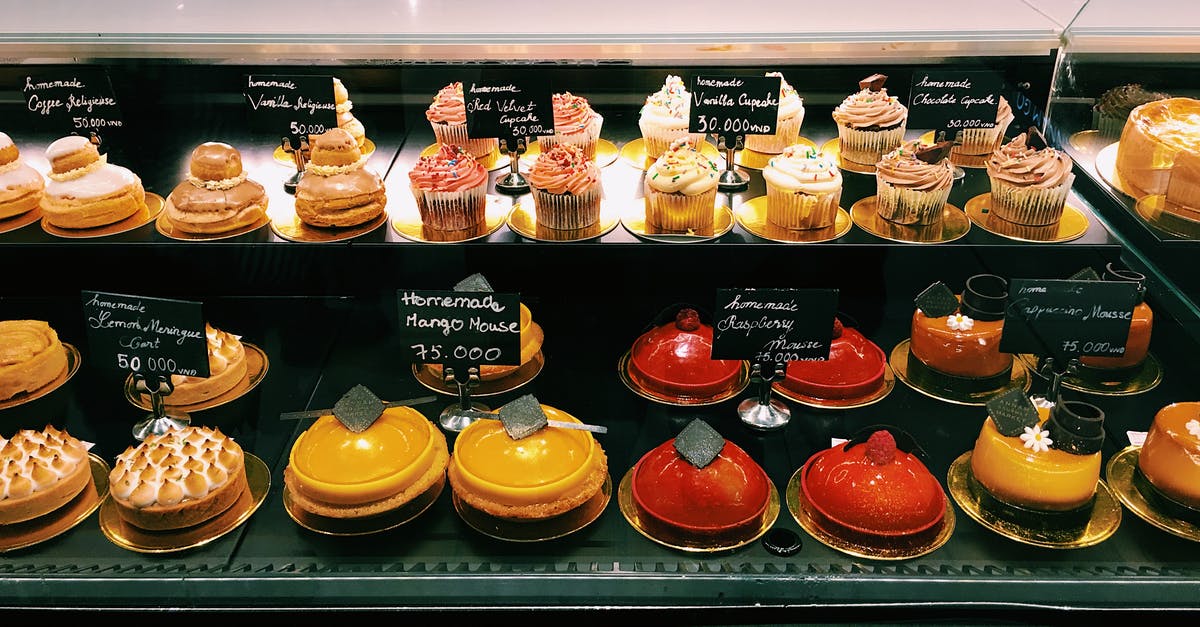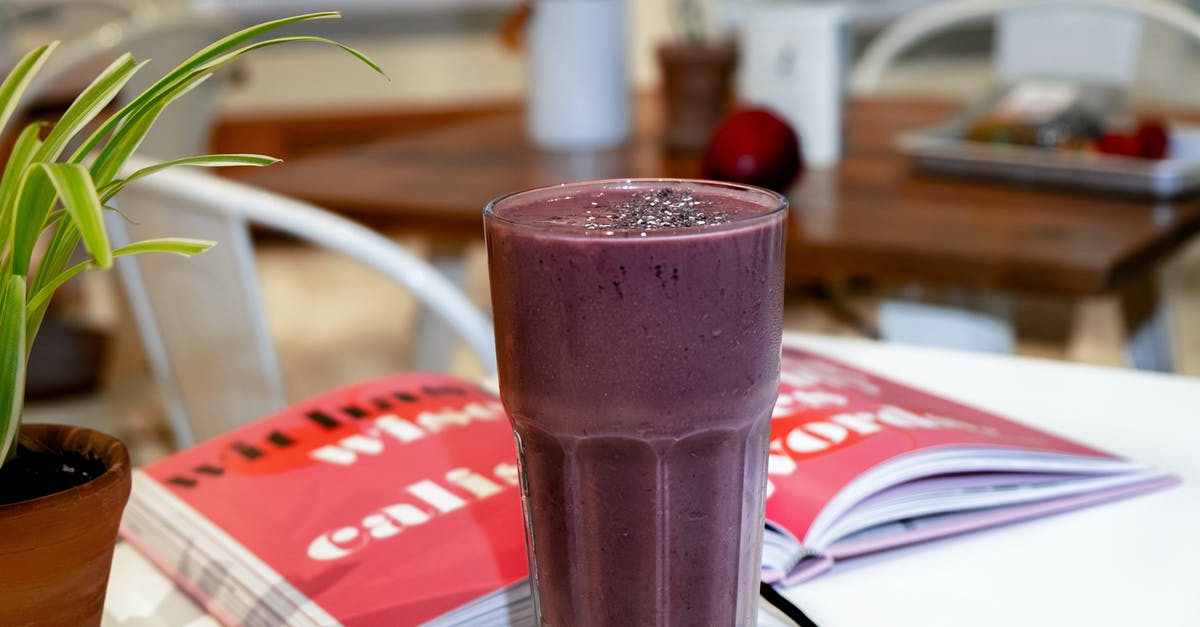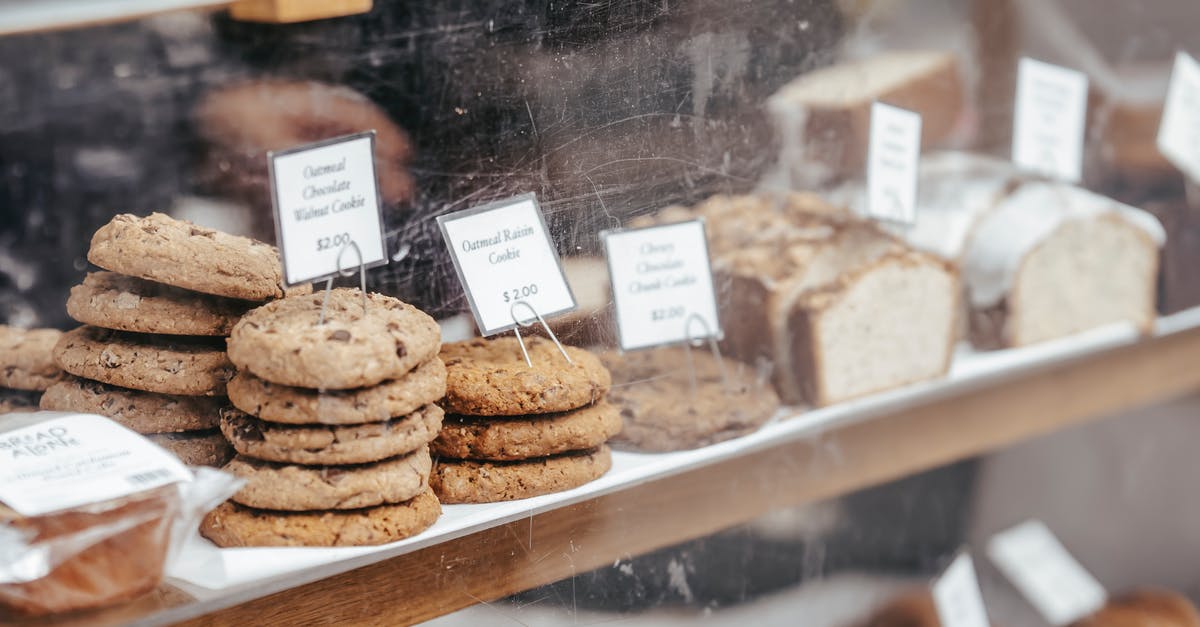How does molten chocolate fondant work?

I'd like to understand more about the chemistry involved in baking molten chocolate fondant, specifically: What affects the consistency and how and why?
What I know so far - I found the main factor to be the baking temperature and duration - so if you try your recipe for cooking for the first time I highly recommend baking your dough one at a time and adjust the duration until you are satisfied with the result. Obviously the size of the ramekin makes a difference, too, so larger ramekins make it somewhat easier to keep the center gooey. There is also the easy option of just sticking some chocolate/chocolate ganache or a similar chocolate mixture into the center, which apart from making it more simple to keep the center liquid has the added benefit that the eggs in your fondant can be cooked through if you are concerned with consuming uncooked eggs. A main indicator of how good the result will be is the viscosity of the dough. At some point you will learn how liquid/viscous the dough has to be to produce a liquid center and you can adjust it by adding ingredients like butter or milk at the end.
Now for the part I am interested in and would like to know more about. Assuming the same baking temperature, duration and ramekin size -
- Adding flour mainly seems to affect the viscosity of the chocolate center and isn't actually a necessary component to get a good result. My guess is that if you use a low cacao contents chocolate (~35%) you need flour to get a somewhat stable result. I assume that adding too much flour will make it harder to have a liquid center.
- Egg white has a similar effect to the flour but also makes the solid part of the cake spongy if you add too much. I think it provides some stability in case you want to get your cake out of the form, but I didn't try removing the egg white completely. My guess is that egg white does not help much in keeping the center liquid and may even have adverse affects since it hardens too quickly when baking.
- Butter adds moisture which is necessary for the center to remain liquid. It's possible to substitute Butter with another liquid, like oil or milk. Milk makes it a bit more difficult to get the dough homogeneous.
- Adding sugar has relatively little effect on the consistency other than making the cake sweet and the center slightly more viscous.
- Egg yolks I don't know about yet exactly. Maybe adding more egg yolks will make the cake more liquid, maybe it has the opposite effect. From other cakes I know that egg yolks make a cake more, well, cakey by which I refer to the texture and moisture. It surely also provides stability and makes the ingredients more solid, similar to when you make custard.
- Chocolate - I found that using a chocolate with a high cacao content 70%+ will make the cake more stable and less liquid inside. For instance, I made the same recipe with a chocolate with a cacao content of 70% and one with a milk chocolate of 40%. The milk chocolate version had to be baked 11 minutes instead of 7 minutes on 210°C and was still completely liquid inside, was impossible to get out of the form and the solid parts of the cake were not cakey at all. Whereas the dark chocolate one got a stable and cakey shell and a small viscous center. Fun fact, I later substituted the Butter in the recipe using the 70% chocolate with the same amount of milk chocolate and got a similar consistency. My guess is that it's mainly fat with sugar, whereas sugar has little effect on consistency and fat has the same effect as the butter in the recipe. So to conclude, the choice of chocolate has a similarly stark effect on consistency as baking temperature and duration. My guess is that this is in part since it makes up a big part of the ingredients. My hypothesis is that cacao contains protein that makes the cake more solid. So using milk or even white chocolate will not work as well for getting a solid cake and viscous center since it contains little of this kind of protein. I know that they add milk powder to some milk chocolate, so even if it contains similar amounts of protein I think that comes from milk powder or other sources that don't help much with making the cake more viscous or stable. That could be checked by making a no chocolate cacao only version. At least if there are no other solid components in the cacao have much of an effect on consistency. So as a takeaway, find a recipe that tells you which exact kind of chocolate you need to use. The result will be way more reproducible, especially since some chocolates have other ingredients like stabilizers and even though you have a high cacao contents, that does not say how much of it is actual cacao protein and how much of it is cacao fat.
Could you help me explain my results better and possibly expand on my hypothesis and the possible factors that need to be considered? Also, I usually consume the cakes while still warm. But I bought some cold fondants, which when I cut them had no liquid core, but when I warmed them up the core got liquid - and if I warmed them up too long they turned into normal cake. Is that an effect of the butter melting and maybe the sugar dissolving at high temperature and finally the protein of the flour changing and making the cake solid?
Pictures about "How does molten chocolate fondant work?"



Irresistible Melting Chocolate Lava Cake | Fondant au chocolat
Sources: Stack Exchange - This article follows the attribution requirements of Stack Exchange and is licensed under CC BY-SA 3.0.
Images: Huy Phan, Vo Thuy Tien, The Lazy Artist Gallery, Laura James
